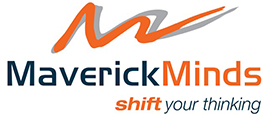When we’re under pressure to deliver, the urge is often to move quickly and get straight into action. Pausing can feel counterintuitive, almost like standing still when everything around us is demanding momentum. Yet in my experience, the time taken to ask the right questions at the beginning creates far better outcomes than simply reacting in the moment.
This month, I share five essential questions that shift the path from reactive to intentional, setting up outcomes that last.
Discover the five questions.
When change feels urgent, the instinct is often to act fast. This approach certainly has its place.
And yet there are times when the most effective starting point isn’t quick action, it’s a well-considered pause. Ask yourself this: What difference would it make if I or my team paused and gave ourselves a quality moment to ask ourselves a few critical questions?
Every change, particularly when involving others, deserves intention, communication, clarity, and care. Sometimes the most powerful way to begin is by slowing down enough to ask the right questions.
That’s the spirit behind the guide that I created – the 5 Essential Steps to Catalyse Change. These reflective prompts are designed based on my experience of facilitating change to help you and your team create clarity before diving into the actual work.
In the guide, you’ll find questions like:
- Start with why?
A shared understanding of purpose is the anchor for everything that follows.
- What’s working well, what’s not?
Taking stock of the present and identifying future possibilities to inform what next.
- Who needs to be involved?
Inviting those who can influence and will be impacted to help inform the process
- How do we invite people into the conversation and process?
Change is far more likely to take root when people feel they have a voice.
These questions may seem simple, but when you pause to answer them, they open the space for different conversations that lead to more sustainable, creative, and collaborative change.
Grab a coffee. Try the prompts in your own context. Then let’s talk about where you are now and where you’d like to head.

